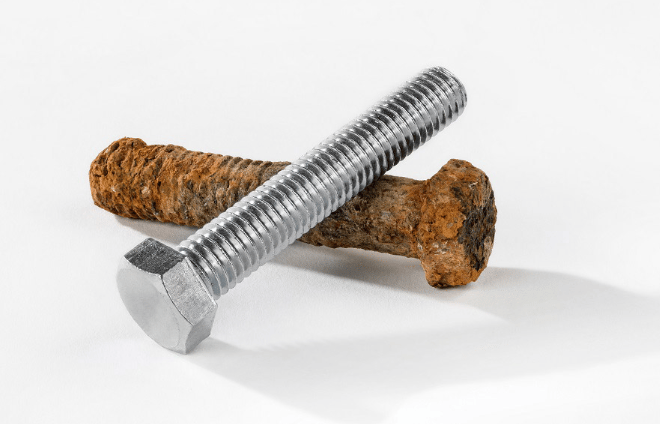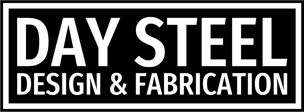Can Stainless Steel Rust?
Stainless steel is celebrated for its resistance to rust and corrosion, making it a popular material for handrails and balustrades. However, while stainless steel is highly durable, it’s not completely impervious to rust under certain conditions. Let’s explore the pros and cons of stainless steel handrails and balustrades, the differences between grades, and how to ensure long-lasting performance.
1/19/20251 min read


Stainless Steel Handrails and Balustrades
Pros:
Durable and Long-Lasting: Stainless steel is strong and resists wear, making it ideal for high-traffic or demanding environments.
Modern Aesthetic: Its sleek, polished finish adds a contemporary touch to interiors and exteriors alike.
Corrosion Resistance: It performs well in various environments, particularly when the appropriate grade is chosen.
Low Maintenance: Requires minimal upkeep compared to other materials, often needing just occasional cleaning to maintain its shine.
Cons:
Cost: Stainless steel, especially higher-grade varieties, can be more expensive than other materials.
Susceptibility to Rust in Harsh Conditions: Improper grade selection or exposure to extreme environments, such as coastal areas, can lead to corrosion without proper treatment.
Understanding Stainless Steel Grades
Grade 304 Stainless Steel:
Commonly used for indoor applications, such as interior handrails and balustrades.
Affordable and resistant to rust in low-moisture settings.
Not suitable for outdoor or coastal environments due to its susceptibility to chloride-induced corrosion.
Grade 316 Stainless Steel:
Preferred for outdoor applications, especially in high-humidity or salt-laden environments.
Enhanced corrosion resistance due to the addition of molybdenum, which protects against salt and chloride damage.
Ideal for external handrails and balustrades but requires periodic cleaning to prevent surface corrosion.
Coastal and Marine Environments:
Even Grade 316 stainless steel can corrode in coastal areas without proper maintenance.
To enhance longevity:
Apply protective oils to create a barrier against salt and moisture.
Perform regular cleaning to remove salt deposits and prevent pitting corrosion.
Opt for Australian-made stainless steel, which is often manufactured to higher quality standards, ensuring better resistance in harsh conditions.
Affordable Solutions and Maintenance
While stainless steel is an excellent option, it’s essential to recognize that lower-cost stainless steel can corrode more easily. Investing in high-quality, Australian-made stainless steel ensures better performance and durability. Additionally, there are treatments and maintenance techniques that can significantly extend the lifespan of stainless steel handrails and balustrades.
Stay tuned for our next post, where we’ll cover how to treat and maintain stainless steel to keep it looking pristine for years to come.
DAY STEEL 0409 512 212

